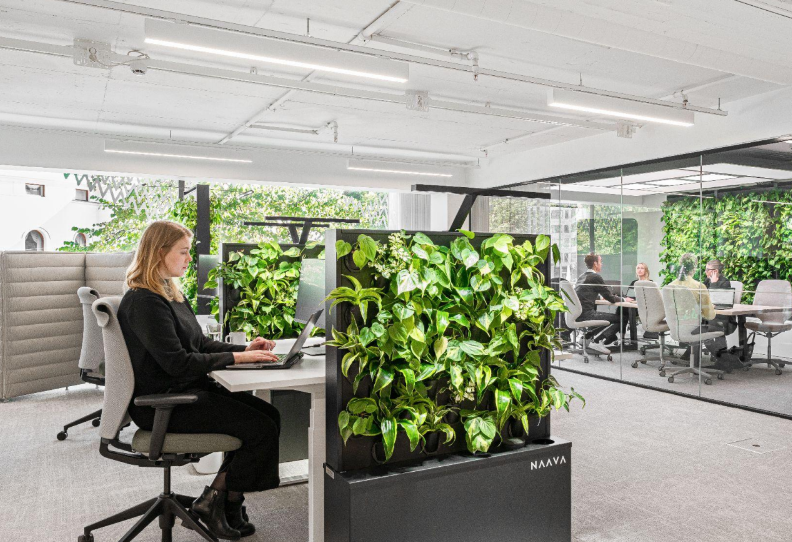The art of artificial lighting for growing indoor plants


The fundamental factor in choosing artificial lighting for growing plants is the spectrum of light. Plants need different types of light for different processes of growth and development. In addition, intensity and length are also important.
The most commonly used types of artificial lighting for growing plants are LEDs and discharge lamps.
LED lighting
Special long term LED lights for plants provide high efficiency and different spectral wavelengths that can be adapted to the specific needs of plants. For example, they include red and blue diodes, which are necessary for photosynthesis.
Lamps
They are more affordable, but very energy-intensive, produce a lot of heat, and require frequent replacement
 Darkness for relaxation
Darkness for relaxation
When using artificial lighting, it is important to remember that plants also need periods of darkness for proper growth and development. Therefore, it is important to follow the correct light-dark cycle which means that the plants should be exposed to light for a certain period of time, ideally 12 hours, and then have enough darkness to rest.
When designing artificial lighting for greenery in the interiors, it is necessary to be careful that the lights directly, or by their reflection, do not affect employees eyes or computer monitors. At the same time, the entire object of greenery should be illuminated evenly.
Properly selected light intensity for decorative greenery is one that provides the plants with proper light conditions. Too high intensity lighting causes rapid overgrowth of plants which is not desirable. Most of the time, we want plants to keep their intended form and shape for as long as possible.